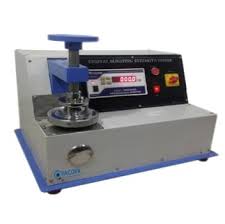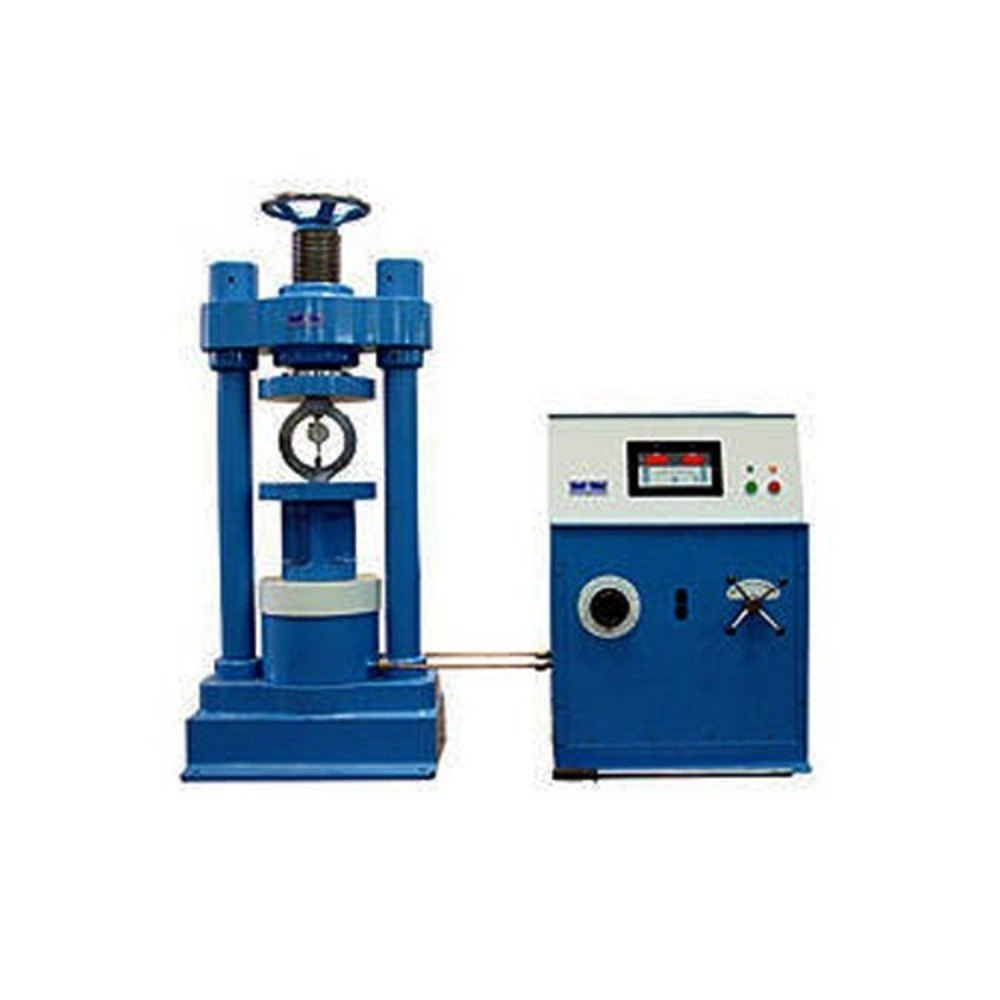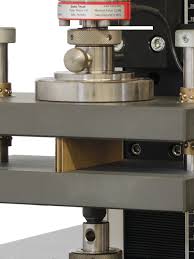Understanding Paper and Paper Box Strength: BF, CS, and Edge Crush
Understanding Paper and Paper Box Strength: BF, CS, and Edge Crush

When it comes to packaging, ensuring the strength and durability of paper and paper boxes is crucial. The three key metrics used to determine the strength of paper packaging are the Burst Factor (BF), Compressive Strength (CS), and Edge Crush Test (ECT). Understanding these metrics can help businesses choose the right materials for their packaging needs, ensuring that products are well-protected during transit and storage.
Burst Factor (BF)

Burst factor = Bursting strength (gf/cm2) / Grammage (gf/m2)
To determine the bursting strength of the material, first, you need to have a Bursting Strength Tester. This machine determines the strength of the material which is further used to determine the bursting factor and bursting index.
Definition: Burst Factor is a measure of the resistance of paper to rupture when a force is applied perpendicularly to its surface. It is calculated by dividing the bursting strength of the paper by its weight per unit area.
Significance: The Burst Factor indicates the ability of the paper to withstand internal pressure and puncture. A higher BF value means that the paper is stronger and more resistant to bursting. This is particularly important for packaging that needs to withstand rough handling and pressure from the contents.
Compressive Strength (CS)

Calculating Compressive StrengthThe formula is: CS = F ÷ A, where CS is the compressive strength, F is the force or load at the point of failure and A is the initial cross-sectional surface area
Definition: Compressive Strength refers to the ability of a material to withstand axial loading without collapsing. For corrugated boxes, this is often measured as the maximum load a box can carry before it deforms or collapses.
Significance: Compressive Strength is vital for stacking boxes. When boxes are stacked on top of each other, the bottom boxes must be able to support the weight of the boxes above them without crushing. High compressive strength ensures that boxes maintain their shape and protect their contents during storage and transportation.
Edge Crush Test (ECT)

Calculation of ECT Value: The ECT value is derived by dividing the maximum force applied to the sample before it collapses by the width of the sample
Definition: The Edge Crush Test measures the stacking strength of corrugated cardboard by applying force to the edge of the cardboard until it crushes. ECT is usually expressed in pounds per inch (lb/in) or kilonewtons per meter (kN/m).
Significance: ECT is crucial for understanding the durability of corrugated boxes under stacking conditions. It provides an indication of how well a box can resist crushing forces along its edges, which is important for maintaining the integrity of the box during stacking and handling. Higher ECT values mean stronger boxes that are better suited for stacking and heavy loads.
Importance of Paper and Box Strength
The strength of paper and paper boxes plays a significant role in packaging. Here's why:
-
Protection of Contents: Strong packaging ensures that products are protected from damage during shipping and handling. This reduces the likelihood of returns and customer dissatisfaction.
-
Cost Efficiency: Using the right strength of paper and boxes can reduce packaging costs. Stronger materials may cost more upfront but can save money by reducing the need for additional protective materials and minimizing product damage.
-
Sustainability: Optimizing the strength of packaging materials can lead to more sustainable practices. By choosing materials with the right balance of strength and weight, businesses can reduce waste and use resources more efficiently.
-
Compliance: Many industries have regulations regarding packaging strength, especially for hazardous or fragile items. Ensuring that packaging meets these standards is essential for compliance and safety.
Choosing the Right Material
When selecting paper and paper boxes for packaging, consider the following:
- Type of Product: Fragile and heavy items require stronger packaging materials.
- Shipping Conditions: Long-distance shipping and rough handling necessitate higher-strength packaging.
- Storage Conditions: If boxes will be stacked, ensure they have high compressive strength and ECT values.
Conclusion
Understanding the metrics of Burst Factor (BF), Compressive Strength (CS), and Edge Crush Test (ECT) is essential for selecting the right paper and paper boxes for packaging. By considering these factors, businesses can ensure their products are well-protected, reduce costs, and promote sustainable practices. Strong packaging is a critical component of a successful supply chain, helping to deliver products safely and efficiently to customers.